Actual Comments on Why Employees Leave:
“If they would have let me go part-time. After 42 years of working I was getting tired and wanted to work part-time.”
The Solution
Employers will likely see an increased number of comments like this as Baby Boomers near retirement. There has been a decade long discussion about the pending “brain drain” that has not materialized. Many Boomers who were approaching retirement age and had plans to retire changed their minds as a result of the recession, so the knowledge and skills of this group remain intact within organizations for the time being. While Boomers have not left the workforce in the numbers that had been anticipated, the fact of the matter is they will and are beginning to leave the workforce.
It is HR’s job to understand the demographics of the workforce and keep management of what the organization is facing now and in the future. If the demographics suggest there is a large body of baby boomer employees or pockets of critical skills where employees are edging closer to retirement, a strategy should be in place to replace the loss of talent. Studies are reporting there is not enough talent coming in that matches up with people getting close to retirement age. This talent mismatch can be in the form of knowledge, critical skills, or available employees who are critical to the continuation of ongoing operations.
Another challenge organizations face is what is called the “stacking effect” where younger, promotable employees are waiting in the wings for promotional opportunities. Organizations with key talent may lose those employees to organizations that have promotional opportunities.
It is important for organizations to look down the road to determine what they will do to keep the talent they want and transfer the knowledge they need. It would be wise for employers to take a step back and make sure they are looking at the broader picture and planning for the next 10 – 15 years when a large number of employees will retire in some capacity. They also need to develop plans for how to retain younger employees who are waiting to advance their careers. Finding unique ways to allow employees to be productive and engaged doesn’t always mean it has to be in a full-time capacity. One tool to assist with this strategy is phased retirement which is a work arrangement that allows employees to continue working with a reduction in the number of hours through part-time, project-based, seasonal, or temporary employment. As you can see from the comment above, the perception of this person was that he had only one option and that was to retire if he didn’t want to work full time. Phased retirement options might have allowed this employee to remain with the company and continue to make a contribution.
As a caution, phased retirement programs need to be developed in a very thoughtful way. There are many considerations when developing such policies. Organizations should work with their HR and benefits legal counsel to understand the impact of current laws and regulations related to phased retirement.
(This blog post is brought to you by HSD Metrics, an exit interview company that helps companies reduce employee turnover by providing automated reference checking, exit interviews, and by measuring employee retention. The comments from exiting employees that are featured in this blog are collected from actual exit interviews conducted using ExitRight®, HSD Metrics’ exit interviewing service. If you are interested in learning more, contact us today. Because we place the privacy of our clients at the top of our priority list; the names of all involved parties are kept completely confidential.)





